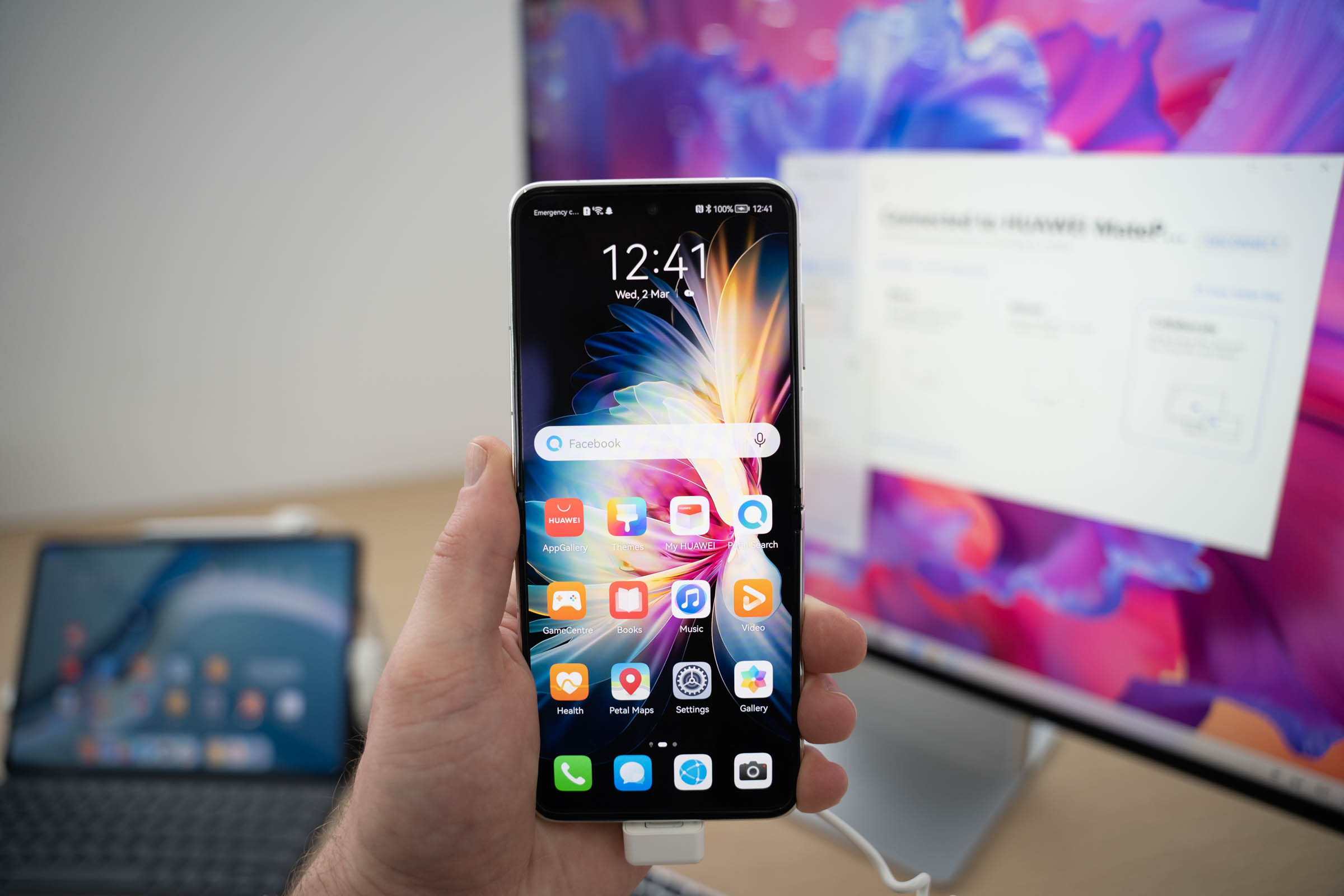For years, Microsoft, Google and Apple have all been working to build interoperability between their different devices and operating systems in an effort to give users a seamless experience between their smartphones, laptops and tablets. Microsoft’s integration with Android now allows you to view your phone’s notifications from a connected Windows device, send and receive text messages or phone calls, view photos from the phone, and quite a bit more.
Apple users have even more options if they are using a Mac and an iPhone. But quite surprisingly, Chrome OS and Android are the back of the pack when it comes to interoperability between Google’s own platforms.
While you might think that the conversation stops there, Huawei has just stepped in the ring with their own proprietary Super Device platform, delivering the most comprehensive and arguably the most intuitive multi-device computing system on the market.
So what is Huawei Super Device?
Since Huawei is no longer using Android with Google Mobile Services, the company has more freedom to manipulate the platform to allow for a seamless integration between all of its tablets, smartphones, laptops and desktop PCs. Huawei Super Device is simply the underlying connection platform that enables all the features Android users get with Microsoft’s My Phone platform while also taking some of the features that Apple users love as well.
The connection interface between devices is pretty intuitive, showing the device you’re using at the center of a circle with other paired devices orbiting around the edge. Simply drag an orbiting device into the center of the circle and the connection is made or if you already have one or multiple devices connected, you drag them from the center back to the outside.
As you’d expect, Super Device allows users to mirror their smartphone’s screen on their Windows device, but it takes things one step further by allowing you to use up to three apps from your smartphone side-by-side, essentially giving you multi-tasking superpowers.
Super device also allows you to use multiple devices as a single units, giving you drag and drop functionality for photos, videos and other files between your smartphone, computer or tablet with mouse and keyboard support across all three. And if you’re working on your desktop or laptop and need a second monitor for your work, Super Device willl allow you to use your tablet as mirror or extended display to give you a larger workspace.
Of course, the main limitation of Super Device is that it’s limited of the Huawei ecosystem and only available on new laptops, PCs, smartphones and tablets that are running the new unified HarmonyOS. The company is working as quickly as it can to get all the devices it’s released over the last 12-18 months updated to the new software, but they still have a ways to go.
It’s a bit surprising that the most cohesive multi-device computing platform has come out of Huawei. I hope Microsoft, Google and Apple are paying attention to what they’ve accomplished and are able to add similar features to their systems. In 2022, there’s really no reason why our smartphones, tablets and computers need to be treated an standalone devices.
According to a blog post by a security researcher, it seems that the LastPass security breach could be worse than we thought.
TCL’s MoveAudio S180 earbuds are as affordable as they come, but does the low price come with too many compromises?
The Pixel 6a once again shows why Google’s computational photography is a force to be reckoned with.
Check out this awesome deal for the Ecovac Deebot X1 Omni and save yourself hundreds of dollars!
If you love limited edition themed products, then you might want to take a look at Bang & Olufsen’s latest Lunar New Year offerings.
Terms of Service | Privacy Policy | Android is a trademark of Google Inc. | © Phandroid.com, 2007-2022